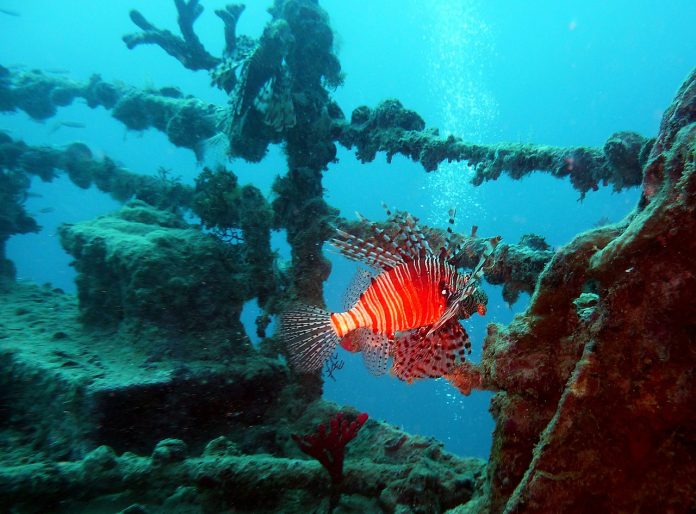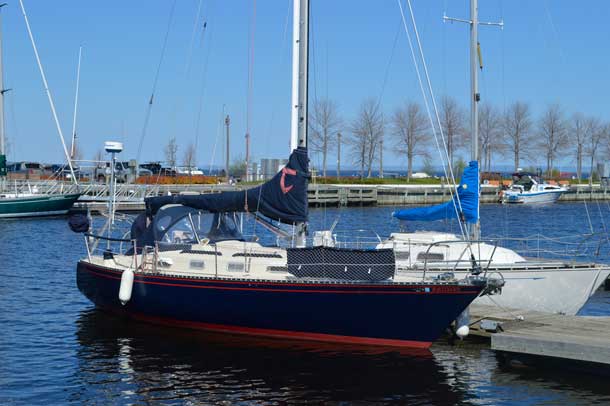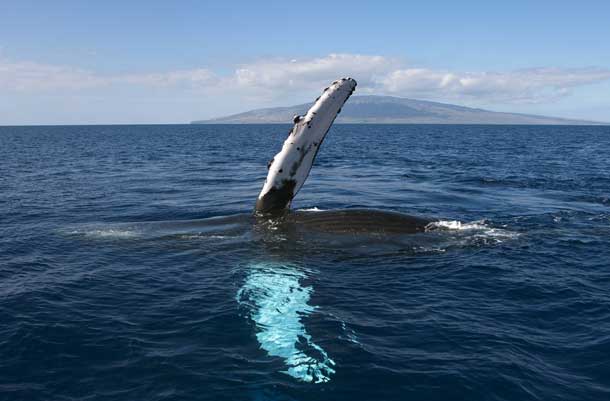The development of advanced aquatic tools has profoundly transformed scientific research, particularly in the fields of oceanography, marine biology, and environmental science.
These tools have not only enhanced our understanding of aquatic ecosystems but have also enabled researchers to address pressing environmental challenges with greater precision and efficacy.
The impact of these technological advancements is far-reaching, influencing everything from basic scientific discovery to the development of conservation strategies and policies.
Enhanced Exploration and Data Collection
One of the most significant impacts of advanced aquatic tools is the ability to explore previously inaccessible regions of the ocean and other aquatic environments.
Autonomous Underwater Vehicles (AUVs) and Remotely Operated Vehicles (ROVs) have revolutionized deep-sea exploration by allowing scientists to collect data from extreme depths and harsh environments that were once beyond reach.
These vehicles are equipped with high-resolution cameras, sonar systems, and various sensors, enabling detailed ocean floor mapping, discovering new species, and studying geological formations such as hydrothermal vents and underwater volcanoes.
For instance, AUVs have played a crucial role in the exploration of the Mariana Trench, the deepest part of the world’s oceans.
By navigating the trench’s extreme pressures and temperatures, these vehicles have provided invaluable data on its unique ecosystems, contributing to our understanding of deep-sea biodiversity and the adaptations required for life in such extreme conditions.
This capability has significantly expanded the scope of marine research, opening up new avenues for scientific discovery.
Real-Time Monitoring and Environmental Management
The integration of advanced aquatic tools along side future underwater living innovations, such as the Deep Sentinel, promises to enhance real-time monitoring of aquatic environments, which is critical for environmental management and conservation efforts. Scientists will be able to spend longer periods of time underwater than has ever been possible before.
Tools such as underwater gliders, buoys, and sensor networks provide continuous data on various parameters, including water temperature, salinity, pH, and nutrient levels.
This data is essential for tracking changes in marine ecosystems, such as coral bleaching events, algal blooms, and the spread of invasive species.
For example, underwater gliders equipped with sensors can traverse vast oceanic areas, collecting data on ocean currents, temperature, and biogeochemical properties.
This information is vital for understanding how climate change is affecting ocean circulation patterns and marine ecosystems.
Real-time data from these tools enable scientists to quickly identify and respond to environmental threats, such as the onset of harmful algal blooms that can devastate marine life and impact human health.
Advancements in Marine Genomics and Biodiversity Assessment
The advent of environmental DNA (eDNA) analysis has revolutionized the assessment of marine biodiversity. By extracting DNA from water samples, scientists can detect the presence of species in a given area without the need for direct observation or capture.
This non-invasive method is particularly useful for monitoring rare, elusive, or endangered species and for assessing the overall health of marine ecosystems.
eDNA has had a profound impact on conservation biology, providing a more efficient and less intrusive means of studying marine life.
For instance, eDNA analysis has been used to monitor populations of endangered species such as the European eel and the great white shark.
It has also been instrumental in detecting the presence of invasive species, enabling early intervention before they can establish themselves and cause ecological harm.
Big Data and Predictive Modeling
The sheer volume of data generated by advanced aquatic tools necessitates the use of big data analytics and predictive modeling. These technologies have become indispensable in making sense of complex datasets and predicting future aquatic environment changes.
For example, machine learning algorithms are being used to analyze data from satellites, AUVs, and sensor networks to model ocean currents, predict fish populations, and assess the impacts of climate change on marine ecosystems.
Predictive modeling has significant implications for fisheries management, allowing for more sustainable harvesting practices by forecasting fish stock fluctuations.
It also aids in disaster preparedness by predicting the movement and intensity of tsunamis and storm surges, thus helping to mitigate their impact on coastal communities.
Citizen Science and Public Engagement
The proliferation of advanced aquatic tools has also empowered citizen science initiatives, where the public contributes to scientific research.
Tools like affordable underwater drones and mobile apps for data collection have enabled non-professionals to participate in monitoring marine environments.
This has expanded the reach of scientific research and increased public awareness and engagement in ocean conservation.
Conclusion
The impact of advanced aquatic tools on scientific research is profound and multifaceted. These technologies have enhanced our ability to explore, monitor, and understand aquatic environments with unprecedented precision.
They have expanded the scope of marine research, improved real-time environmental management, and facilitated more effective conservation strategies.
As these tools continue to evolve, they will undoubtedly play an increasingly critical role in addressing the environmental challenges of the 21st century, ensuring the health and sustainability of our planet’s aquatic ecosystems.





